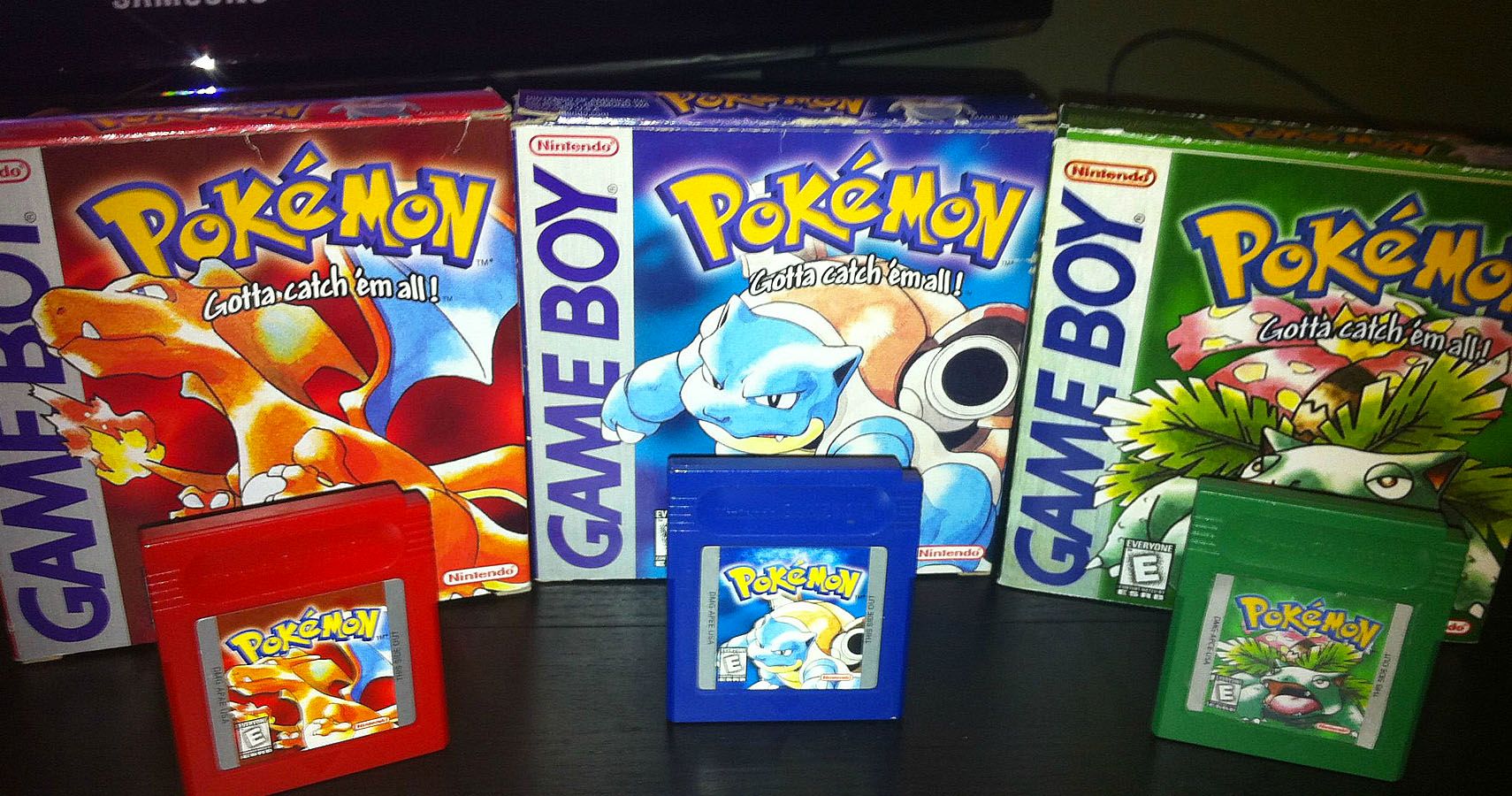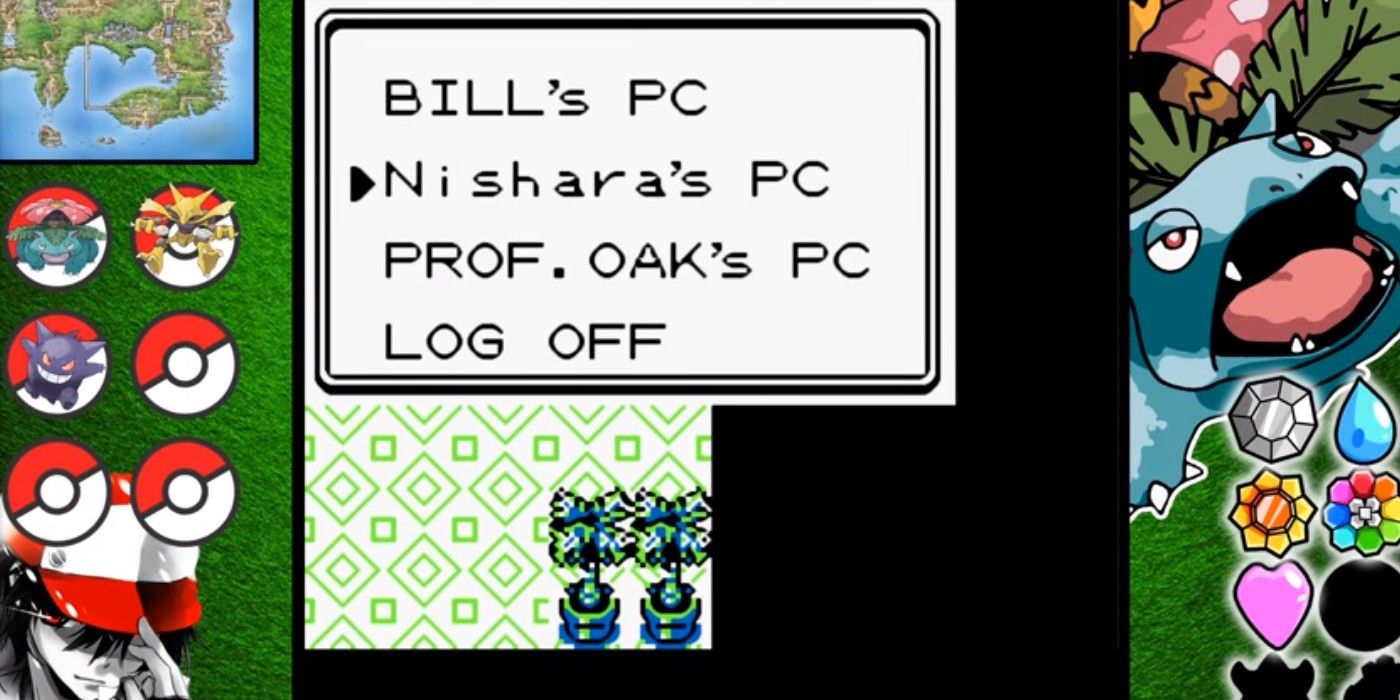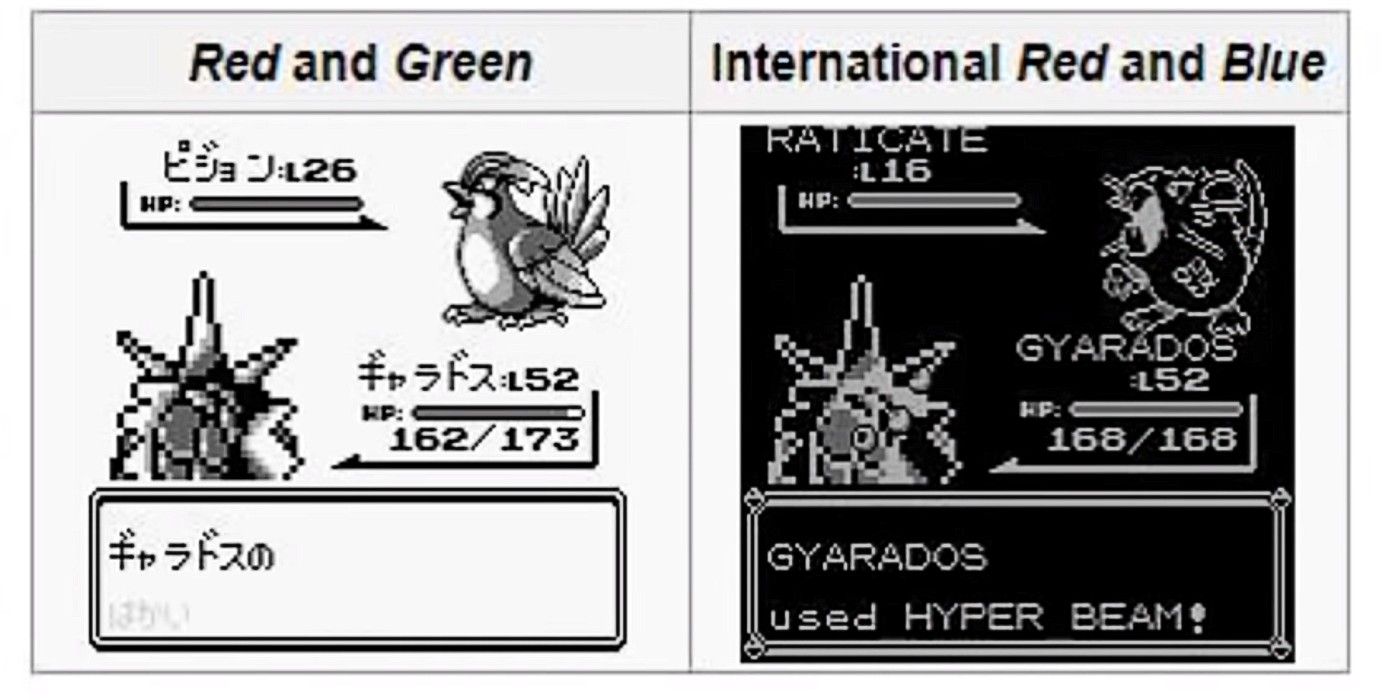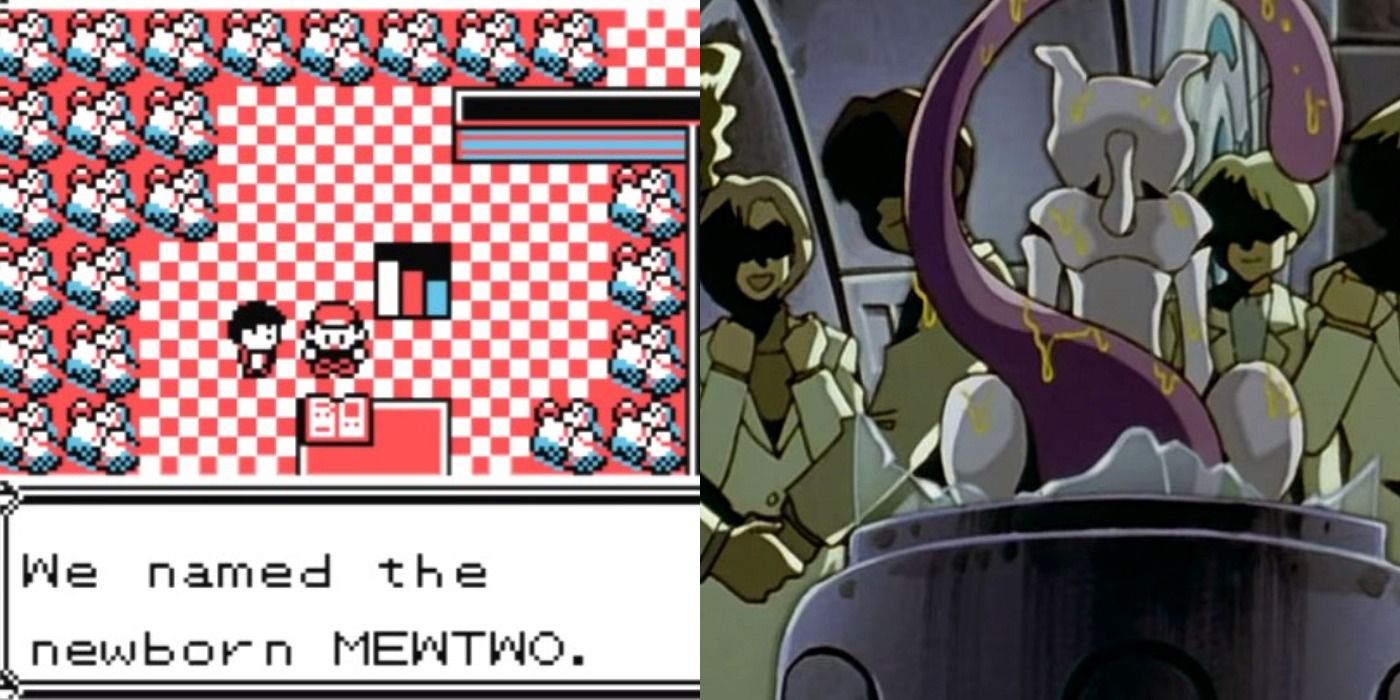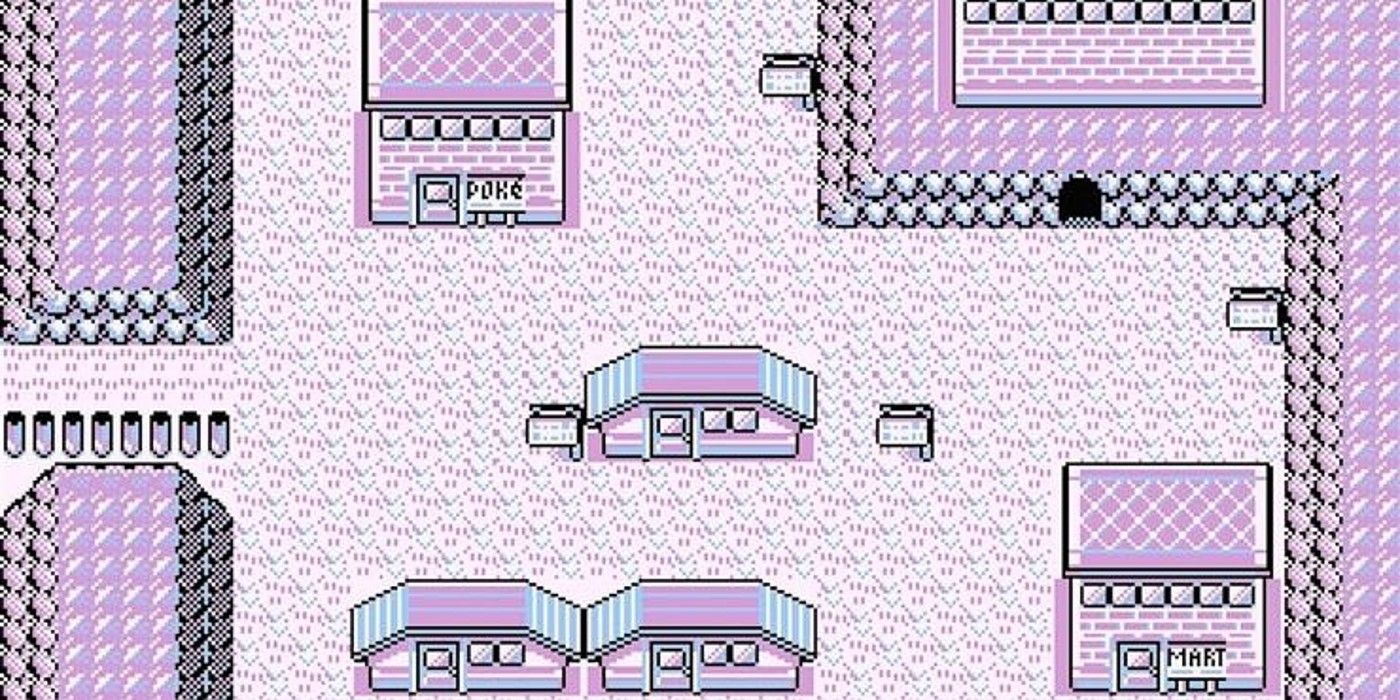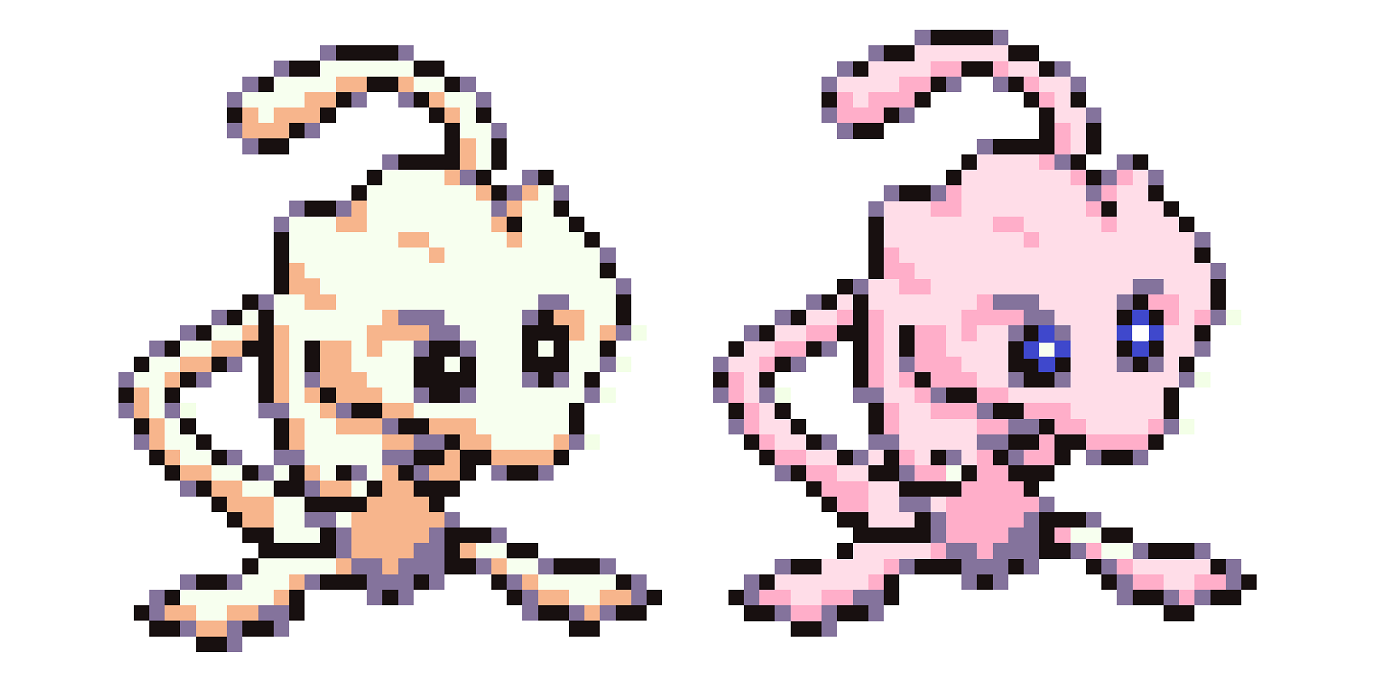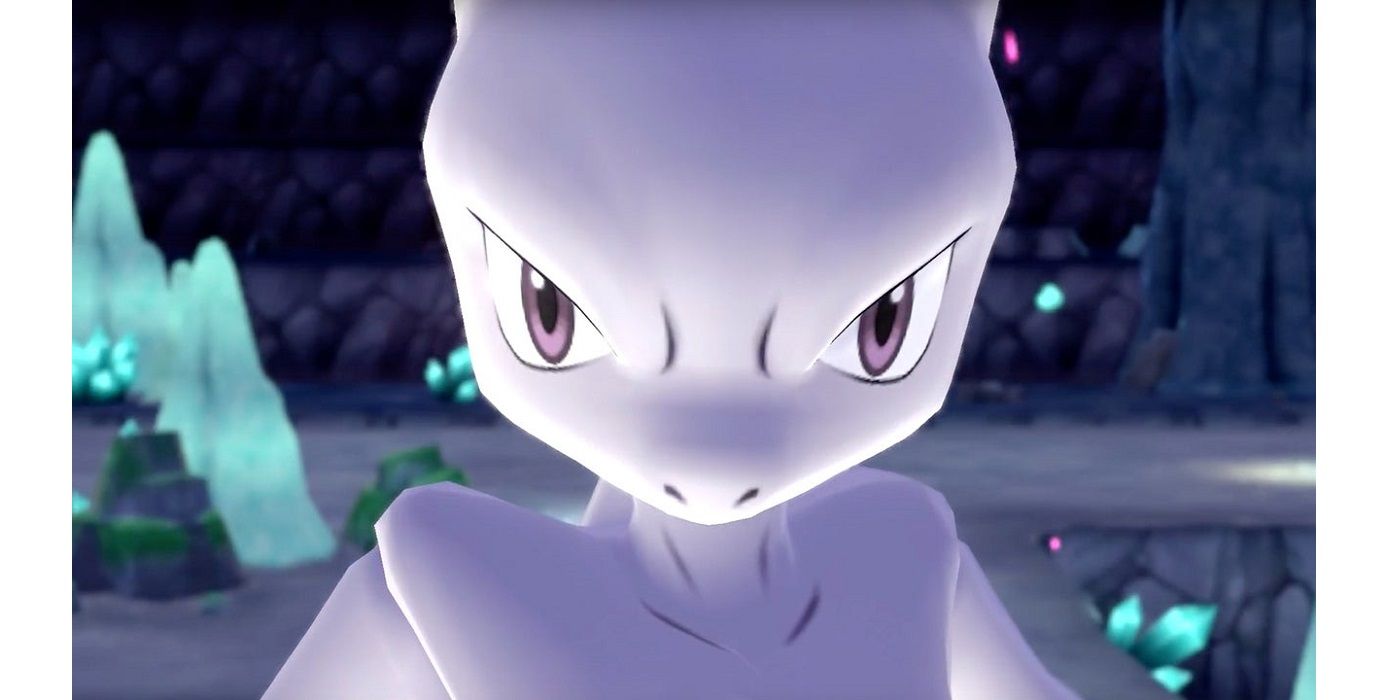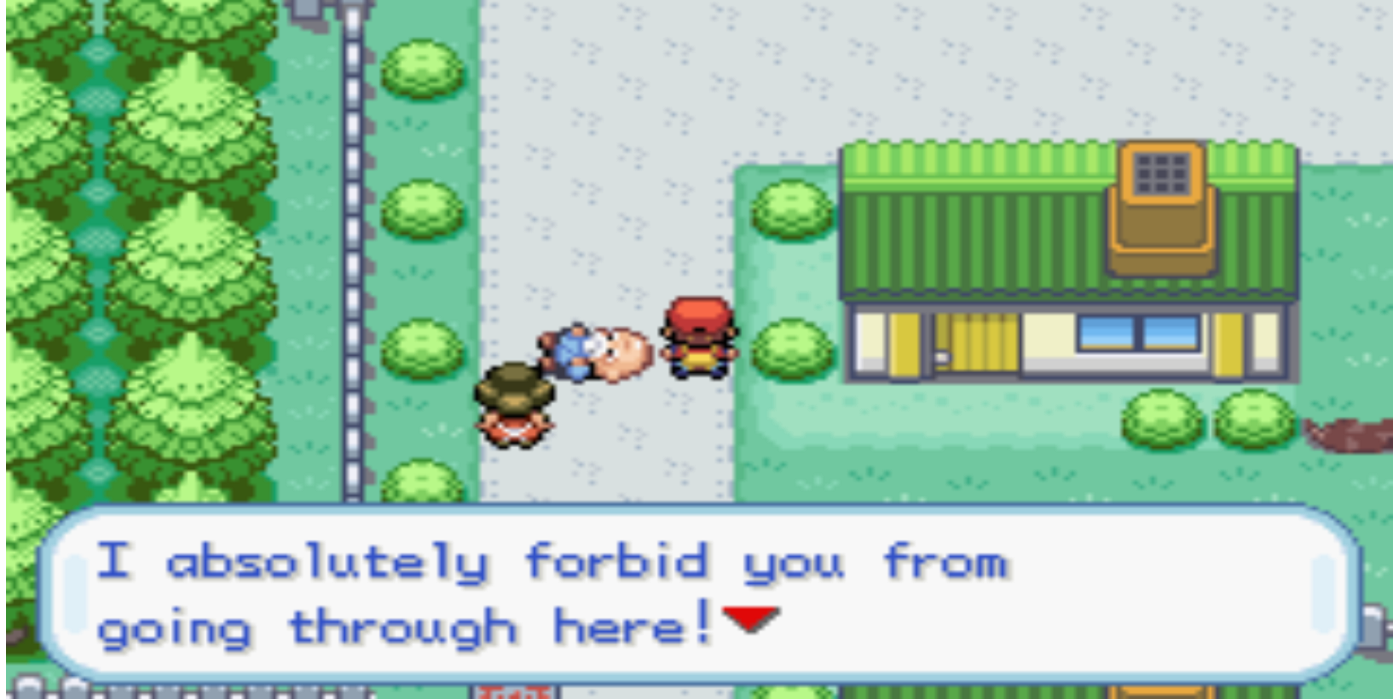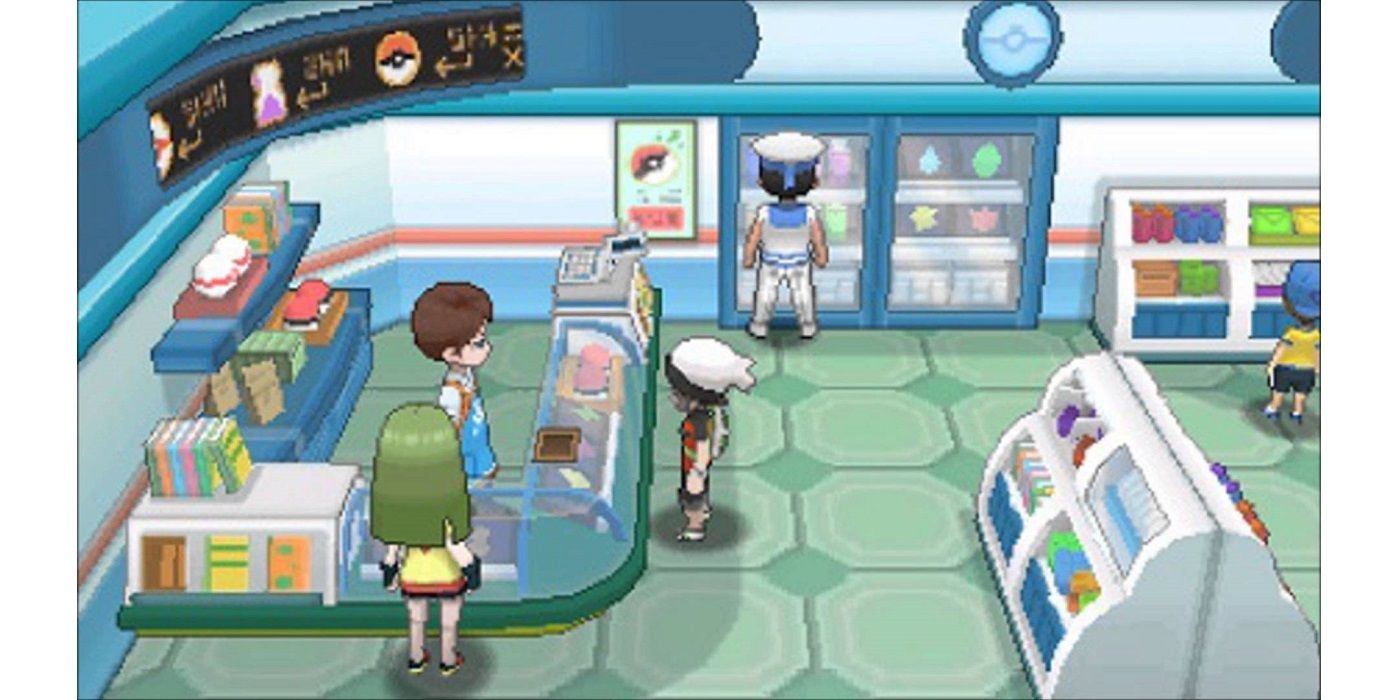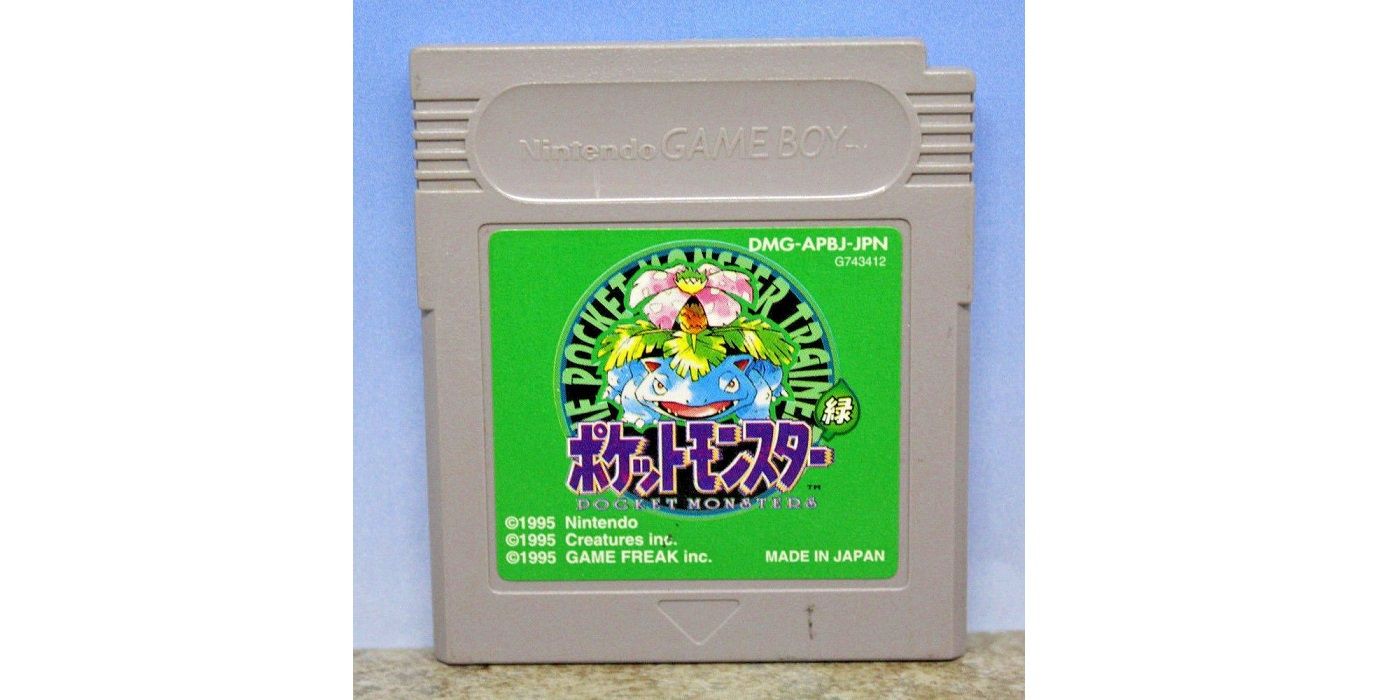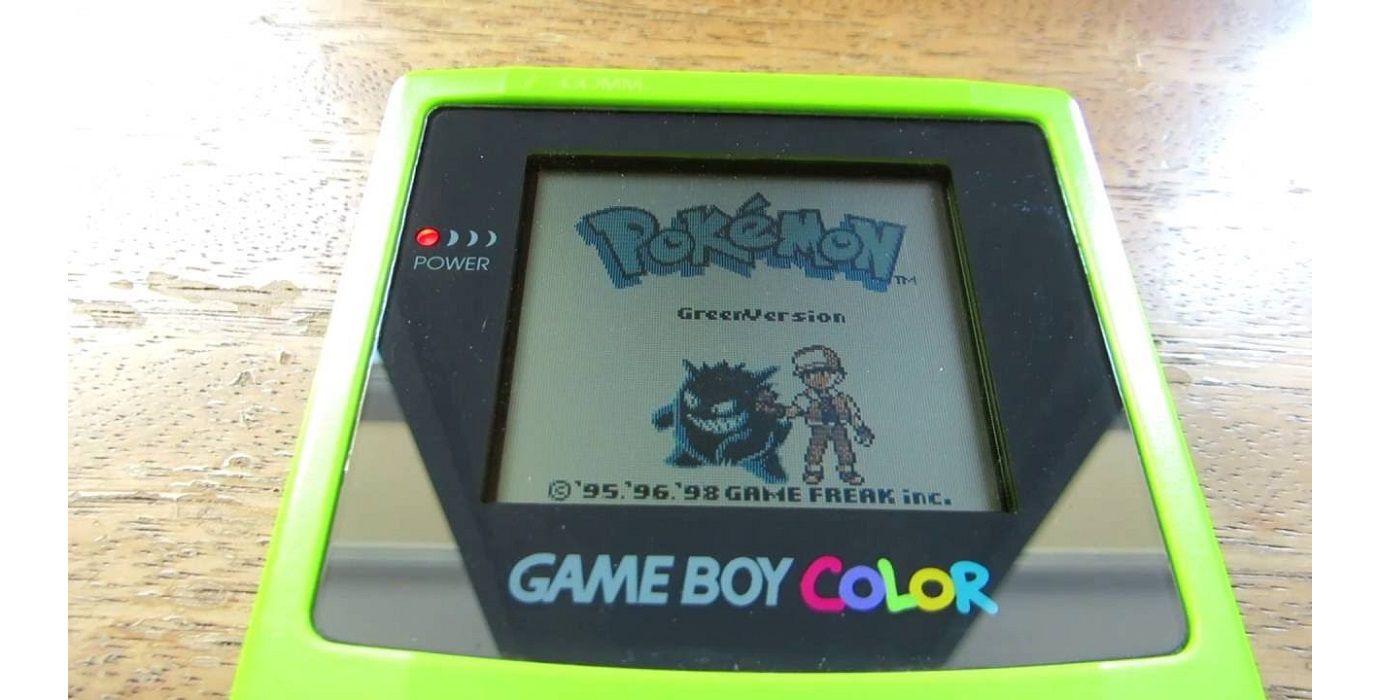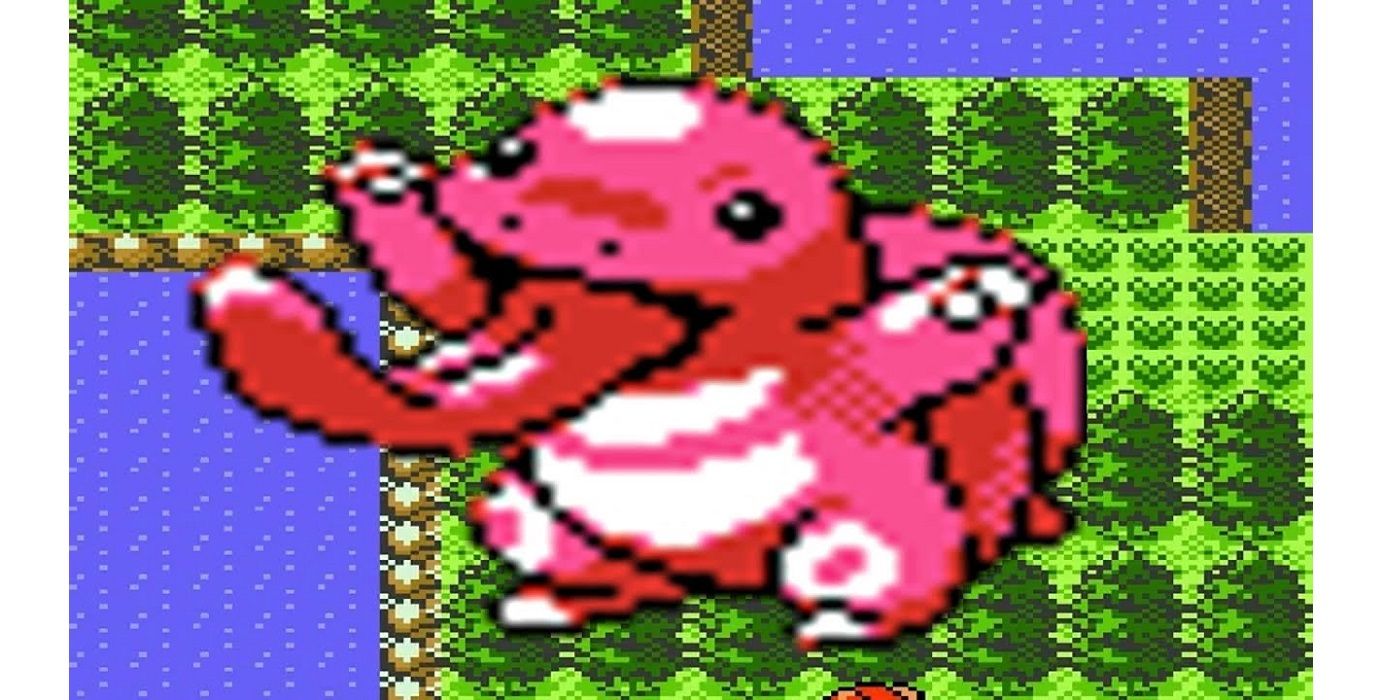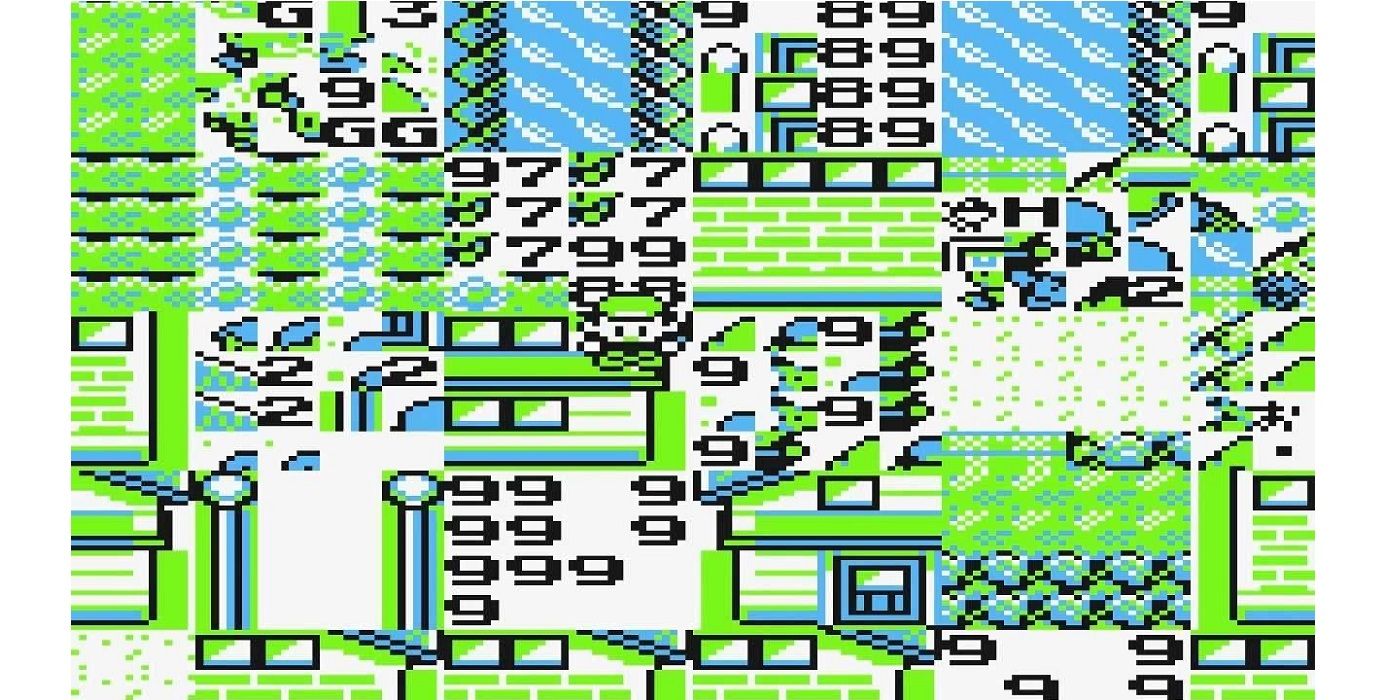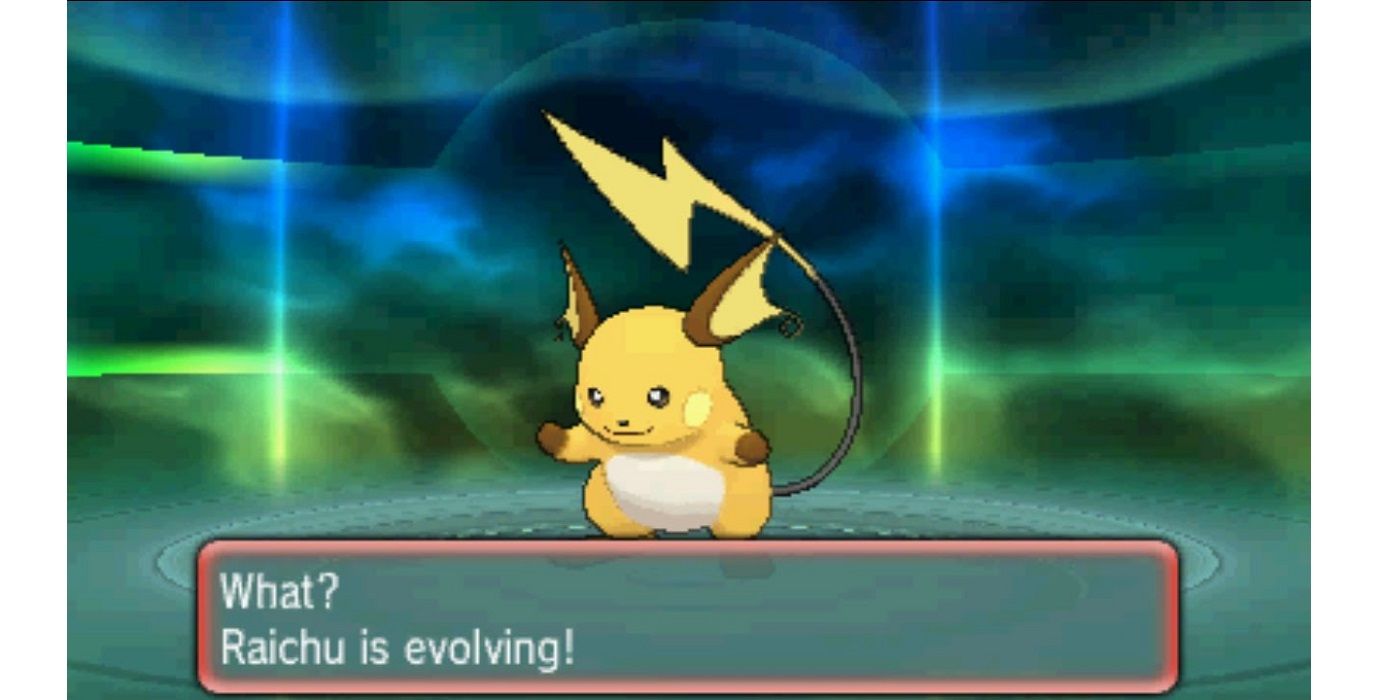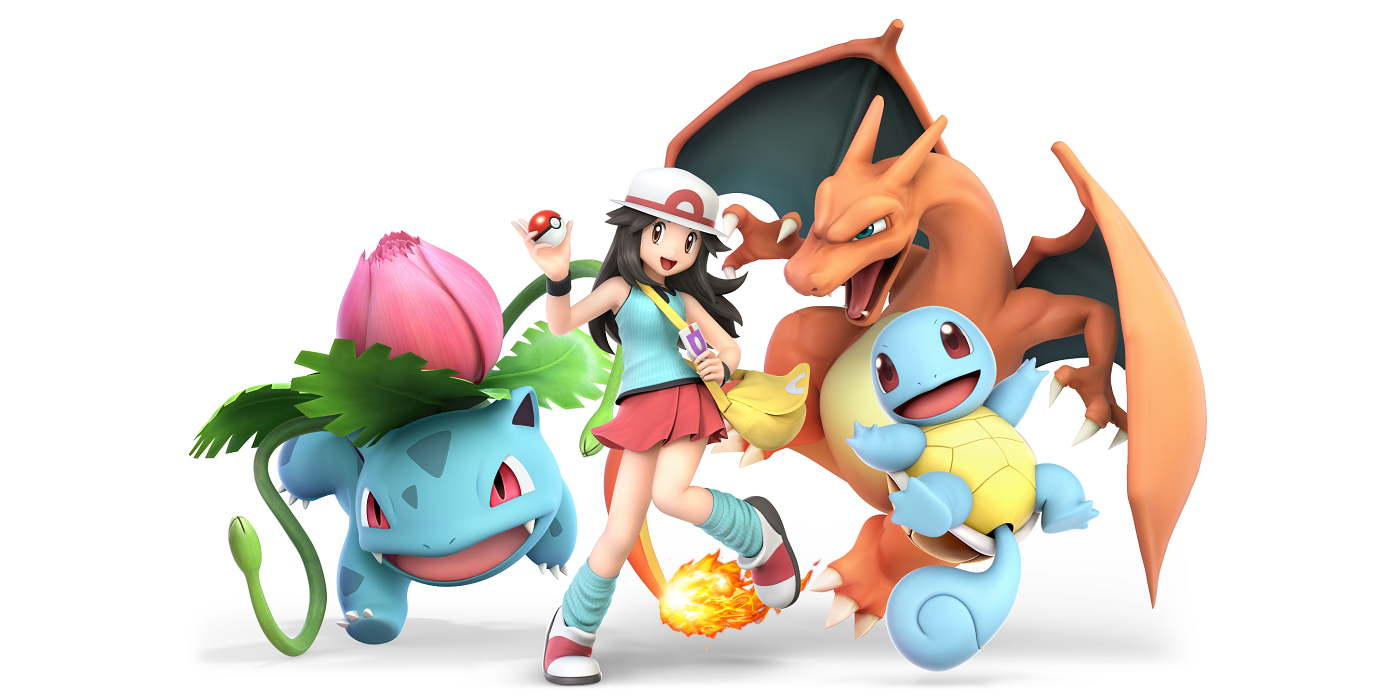People in the West remember the debut of the Pokemon series with Pokemon Red & Blue on the Game Boy. However, those games weren't the first two games ever released in the series. The franchise debuted in Japan with Pokemon Red & Green, with the latter featuring Venusaur as opposed to Blastoise. Pokemon Green wasn't just different from the other two games in name only. There were certain quirks and challenges present in that game that were either fixed or changed in the Red and Blue release.
The result is some interesting differences that the Japan-only Pokemon Green had from Pokemon Red & Blue.
Updated March 30th, 2021 by Stephen LaGioia: Whether it's the cartoon, cards, or video games, the Pokemon franchise has remained a force of nature since its inception decades ago. The mobile sensation known as Pokemon Go has breathed new life into the series, while Releases like Sword & Shield, along with that announcement of new Pokemon titles for Switch, has kept its momentum going. With that said, it seemed fitting to travel back in time again and revisit this charming franchise at its roots; the Japanese release of Pokemon Green, and highlight some more differences from Red & Blue.
14 Different Number Of Boxes And Box Capacity
There's a good chance that most Pokemon trainers will need to rely on several storage boxes which are accessed through Pokemon Center PCs. Such is the reason this feature dates all the way back to the original Pokemon Green release.
However, there is one key difference in the first iteration compared to the international releases that followed. Instead of a box holding 20 monsters, the Japanese version holds up to 30. However, this is balanced by the smaller number of boxes — 12 for Red & Blue versus just eight for Green. In both cases, though, the total number of Pokemon that can be stored amounts to 240.
13 Changes In Some Animations During Moves
Similar to the ordeal with a controversial episode of the Pokemon cartoon centered around Porygon, some of the original move animations tended to border on seizure-inducing. This was particularly the case for Electric-type moves and powerful attacks such as Hyper Beam.
These were dialed back in the international release so that the flashes were slowed down or removed.
12 A Few Content And Dialogue Tweaks
Given the nature of translation differences, shifting circumstances, and artistic liberties, it makes sense that some of the game's text would be changed a bit. While most of the dialogue and plot-related details are unchanged, there are a few minor tweaks here and there. An example includes a Silph Co. scientist mentioning being part of a branch in "Tunguska," which is altered to mention an actual city in Russia, "Tiksi."
There's also a diary entry that can be read in Cinnabar Island, which brushes on the history of Mewtwo's creation. The entry is altered to align more with the events of Pokemon: The First Movie, which hadn't released at the time of Pokemon Green's creation. The entry is tweaked to mention that multiple scientists named the new Pokemon, as is shown in the film.
11 Lavender Town Music Altered To Be Less Harsh
One rumor from Creepypasta — essentially the gaming and internet equivalent of spooky urban legends — makes a mention of a phenomenon dubbed "Lavender Town Syndrome." Supposedly, listening to Lavender Town's music in the original version of Green would yield insomnia, irritability, nosebleeds, and even madness.
While this little more than a myth, it is plausible that listening to the harsher original tune loud enough or with headphones could induce some minor headaches. After all, the jarring shifts in tone and high-pitched frequencies would likely be a tough listen for many. Regardless, Pokemon composer Junichi Masuda did in fact tweak the melody to be more tame and cheery in the Red & Blue release.
10 Sprites
One of the biggest differences in Pokemon Green is how each Pokemon looks. Many of those creatures' designs are iconic, and it was important that Game Freak get them right. However, take a look at how those sprites looked in the Japanese game, and things get a whole lot more interesting.
Some of the Pokemon hardly resemble their modern counterparts, with weird proportions and stances to boot. Mew is barely recognizable, and Hitmonchan just looks bizarre. Luckily, the release of Pokemon Red & Blue brought with it a reworking of many of those sprites, leading to the classic designs that fans know and love from those games.
9 Unknown Dungeon Layout
The Unknown Dungeon is one of the most iconic locations in Pokemon Red & Blue. The Unknown Dungeon, sometimes known as the Cerulean Cave, is where trainers go to find the legendary Mewtwo. Some people have probably gone through that place so many times that they have the layout memorized.
However, if they were to play Pokemon Green, those memories would serve them no good. The Unknown Dungeon in that version of the game had a different layout than in Red & Blue. The result was still the same, with players catching Mewtwo (hopefully by throwing a Master Ball), so it's not a huge difference.
8 Old Man
Fans of Pokemon Red & Blue are familiar with how Game Freak forced them into a particular path. Certain locations would be blocked off by in-game Pokemon or even humans. One of the most memorable instances of this was in Viridian City. There was an old man there blocking a path because he hadn't had his coffee yet.
However, that wasn't the original reason given in Pokemon Green. In that game, it was because the man was drunk and hadn't yet woken up to move out of the way. The reason for the change is quite obvious, making it a funny piece of Pokemon history.
7 More Items
Items are a core part of the Pokemon games, allowing players to heal their Pokemon, give them items to hold, or even catch other Pokemon. These can be purchased at Poke Marts, though there are limitations as to what items can be bought.
In Pokemon Green, things were made easier for the player by having more items available in Poke Marts. For example, HP Ups were something that players could purchase with their hard-earned money. Smart players could easily save up money so they could max their Pokemons' HP by making a big visit to one of those marts.
6 Gray Cartridge
Pokemon Red & Blue were different than most Game Boy games for a few reasons. Among those reasons was how the cartridges looked. These games started the trend of Pokemon cartridge games being a different color. Most cartridges were grey, but Red & Blue were red and blue respectively.
Pokemon Green didn't get this treatment, though. The game was the classic Game Boy grey, making it stand out less in a collection than its North American counterparts (imagine a world where Red & Blue had grey cartridges). Unfortunately, modern Pokemon games don't have differently colored cartridges anymore, with the games following suit with the rest of a console's titles.
5 Green Screen
A lot of Game Boy games were designed without color, as the console didn't support it. The next iteration on the system, the Game Boy Color changed that for the better, allowing each game to be displayed in color. Because the system could easily play regular Game Boy games as well, it would often apply a filter to make each adventure stand out a bit more.
In the case of Pokemon Green, it would be given a green filter for obvious reasons. This further cemented the game's title as well as its place among the Pokemon franchise. It wasn't until Gen II that Pokemon games were designed with the Game Boy Color in mind.
4 Un-Catchable Pokemon
In every Pokemon game, there are certain Pokemon that can't be caught in the wild. Some have to evolved and others have to be traded to find. The difference with Pokemon Green is that some of those Pokemon could be caught — and this isn't just referring to version exclusives.
For example, Kadabra could be found in the wild, making it so trainers didn't have to swap out an Abra for a few levels because it only knows teleport. Other Pokemon that would normally require a trade could also be caught in-game, making it easier to capture all the Pokemon than Red & Blue respectively.
3 More Bugs And Errors
With any initial release of a video game, there are bugs and weird occurrences that can be ironed out in later versions. That was precisely the case with Pokemon Green. There were minor issues in the game that were fixed with the release of Pokemon Red & Blue. Examples include a Surfable cliff in Seafoam Island, as well as incorrect weights displayed for Nidoqueen and Geodude. There even exists a glitch involving Sabrina's gym — as the game will think the player has defeated her even if they lose.
It was clear, looking back, that the work done in Pokemon Green was a bit on the base-level side as Game Freak was figuring out what worked and what didn't. Despite the more ironed out release of Red & Blue, there were still plenty of iconic glitches in those games that people still love to abuse.
2 Raichu For Electrode
There is a famous trade in Pokemon Red & Blue at Cinnabar Island where players are offered an Electrode for a Raichu. If players make the trade, they'll be greeted with text that says, "The Raichu you traded to me went and evolved!" This is incorrect, as Raichu can't evolve, let alone through trading.
This event was different in Pokemon Green, as the trade was the same, but the dialogue wasn't incorrect. This mistake was a result of a mistranslation. In the Japanese Pokemon Blue, players would trade a Kadabra instead, which evolves into Alakazam through trading. The translation wasn't fixed for the western releases.
1 Protagonist Legacy
Pokemon Red & Blue are famous for depicting the rivalry between trainers Red and Blue (appropriately named). In subsequent Pokemon games, these characters have re-appeared, functioning as greater challenges that players must overcome. Pokemon Green had a different legacy.
While players were playing as trainer Red in that game, Pokemon Green is represented by a new trainer called Green. She appeared in Pokemon Let's Go Pikachu & Eevee as a callback to the Japanese game. Going forward, it's likely that she'll get more representation. In FireRed & LeafGreen, players had could play as a version of the classic Green called Leaf.

